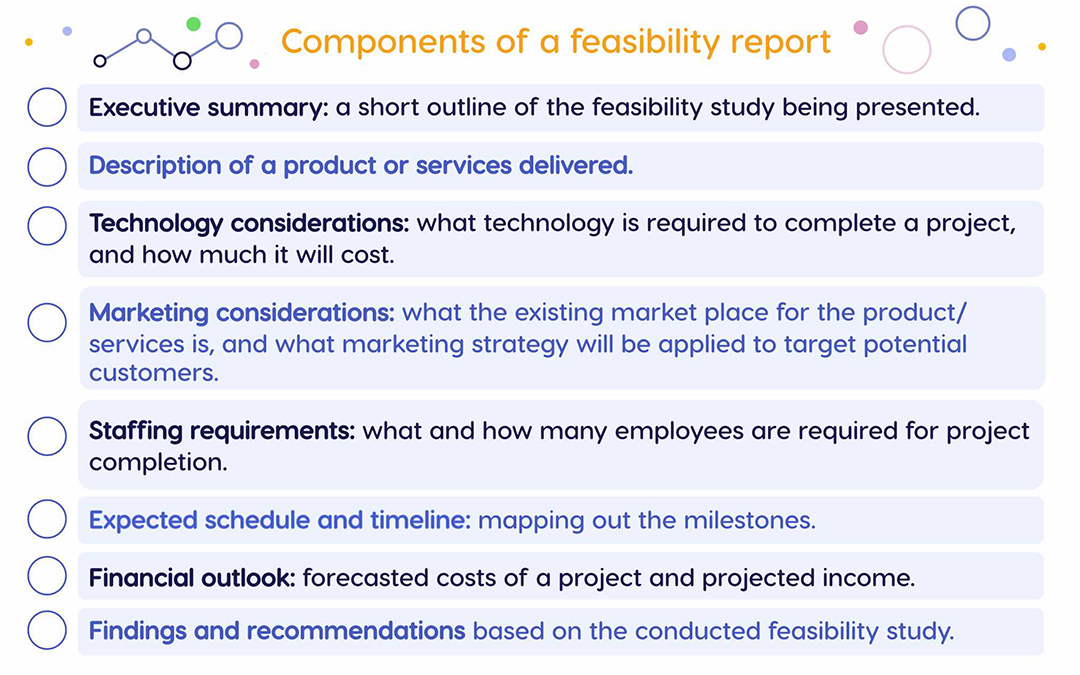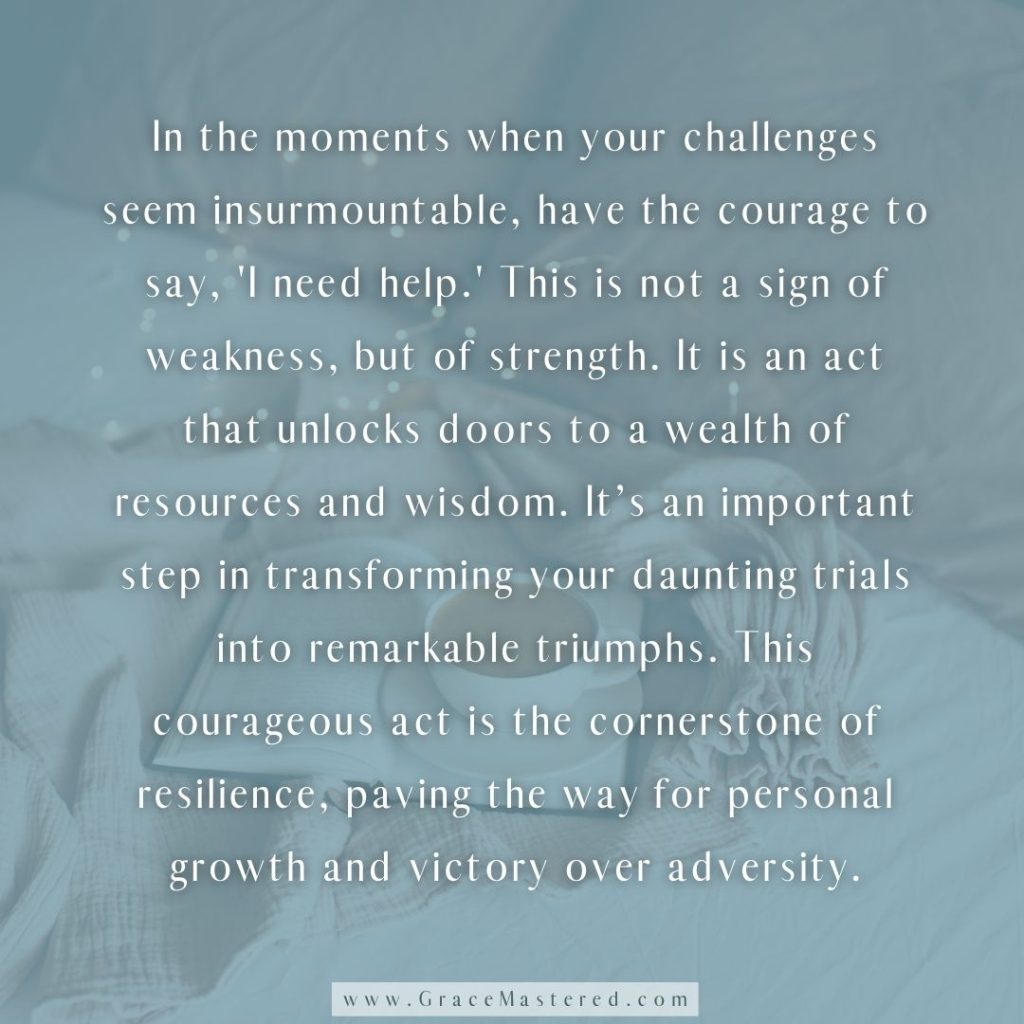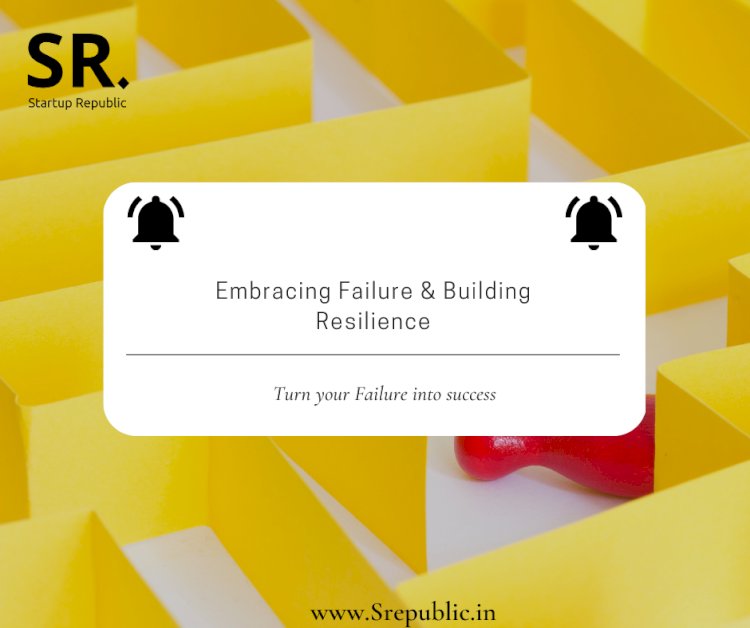
Is Your Idea Viable? A Comprehensive Feasibility Study Checklist for Startup Success
Got a brilliant business idea? That’s fantastic! The entrepreneurial journey often starts with a spark of inspiration. But before you pour your heart, soul, and savings into building that dream, there’s a crucial step many aspiring business owners skip: the feasibility study.
Think of a feasibility study as your idea’s "stress test" or a "reality check." It’s a deep dive into whether your idea can truly work in the real world – not just on paper or in your head. It helps you understand if your business concept is practical, profitable, and has a real chance of success.
This comprehensive guide will walk you through a simple, easy-to-understand feasibility study checklist, helping you assess your idea’s potential and avoid costly mistakes.
Why Bother with a Feasibility Study? It’s Your Startup’s Superpower!
You might be thinking, "I’m so excited, why slow down?" The truth is, a feasibility study doesn’t slow you down; it helps you build a stronger, more sustainable business. Here’s why it’s your startup’s superpower:
- Saves You Money (and Heartache): Discovering a flaw in your idea before investing thousands (or millions) is infinitely better than finding out after. It prevents wasted resources.
- Saves You Time: If an idea isn’t viable, you can pivot or move on quickly, rather than spending years on a doomed project.
- Boosts Your Confidence (or Guides Your Pivot): If your study shows promise, you’ll have solid data to back your enthusiasm. If it highlights weaknesses, you can adjust your idea or strategy.
- Attracts Investors: Serious investors want to see that you’ve done your homework. A thorough feasibility study demonstrates diligence and a clear understanding of your market and risks.
- Provides a Roadmap: It forces you to think through every aspect of your business, giving you a clearer picture of what needs to happen next.
The Comprehensive Feasibility Study Checklist: A Step-by-Step Guide for Beginners
Let’s break down your idea into manageable pieces. We’ll cover different areas of feasibility, each with simple questions to guide your research.
1. Market Feasibility: Is There a Real Need and Enough Customers?
This is arguably the most critical part. You might have an amazing product, but if no one wants it or needs it, you don’t have a business.
- Your Idea: What is your product or service?
- The Problem It Solves: What pain point or need does your idea address? (e.g., "People can’t find affordable, healthy pet food delivery.")
Market Feasibility Checklist:
- Who is your Target Audience?
- Who exactly are you trying to serve? (Age, location, interests, income level, lifestyle?)
- Are there enough people in this group to make a profitable business?
- Can you easily reach them with marketing?
- What is the Market Size?
- How many potential customers are there in your target area (local, national, global)?
- Is the market growing, shrinking, or stable?
- Is it big enough to support your business goals?
- What are your Potential Customers’ Needs and Desires?
- Have you talked to potential customers? What do they say?
- Do they actually want what you’re offering?
- Would they be willing to pay for it? How much?
- What are their current solutions to the problem you’re solving? Are they satisfied?
- Who is Your Competition?
- Who else is offering similar products or services?
- What are their strengths and weaknesses?
- How will your idea be different or better (your Unique Selling Proposition – USP)? Why will customers choose you?
- How will you Reach Your Customers (Marketing & Sales)?
- What marketing channels will you use (social media, website, ads, local events)?
- How will you sell your product/service (online, storefront, direct sales)?
Beginner Tip: Don’t just assume! Talk to at least 10-20 potential customers. Conduct simple surveys, ask friends of friends, or even set up informal interviews. Their feedback is gold!
2. Technical Feasibility: Can You Actually Build/Deliver It?
This section focuses on whether your idea is practical to develop and deliver with current technology and resources.
- Your Idea: Is it a physical product, a digital service, a consulting business, etc.?
Technical Feasibility Checklist:
- What Technology/Tools are Needed?
- Do you need special software, machinery, or equipment? Is it readily available?
- Is the technology stable, or is it constantly changing?
- What Skills and Expertise are Required?
- Do you and your team have the necessary skills to create/deliver the product/service?
- If not, where will you get these skills (hire, outsource, learn)?
- What Infrastructure is Needed?
- Do you need a physical location, office space, manufacturing plant, server space?
- Is this infrastructure accessible and affordable?
- Can You Produce/Deliver it Consistently?
- Can you maintain quality and consistency as you grow?
- How will you handle increased demand (scalability)?
- Have You Built a Prototype or Minimum Viable Product (MVP)?
- Have you created a basic version to test the core concept? What did you learn?
Beginner Tip: For physical products, can you source materials easily? For digital products, do you understand the development process? Don’t promise what you can’t deliver.
3. Financial Feasibility: Will It Be Profitable?
This is where you look at the money side. Can you afford to start it, and will it generate enough income to be sustainable and profitable?
Financial Feasibility Checklist:
- What are your Startup Costs?
- What will it cost to get your business off the ground? (e.g., equipment, legal fees, initial inventory, website development, marketing setup).
- List every single initial expense.
- What are your Operating Costs?
- What will it cost to run the business every month? (e.g., rent, utilities, salaries, marketing, supplies, software subscriptions, loan repayments).
- Don’t forget smaller, recurring costs.
- What are your Revenue Projections?
- How will you make money? (Sales, subscriptions, advertising, services?).
- How much do you realistically expect to sell in the first 1, 3, and 5 years? (Be conservative!)
- What is your pricing strategy? Is it competitive yet profitable?
- What is your Break-Even Point?
- How many units do you need to sell, or how much revenue do you need to generate, to cover all your costs? (Where you neither make nor lose money).
- How Much Funding Do You Need?
- Do you have enough personal savings? Will you need a loan, investors, or crowdfunding?
- What’s your "runway" – how long can you operate before you run out of money if sales are slow?
- What is the Potential for Profitability?
- Based on your costs and revenues, can this business make a healthy profit?
- What’s your expected return on investment (ROI)?
Beginner Tip: Don’t be overly optimistic with sales forecasts. It’s better to be conservative and pleasantly surprised than over-optimistic and disappointed. Use online calculators or simple spreadsheets to track numbers.
4. Operational Feasibility: Can You Run It Day-to-Day?
This section focuses on the practicalities of running your business on a daily basis.
Operational Feasibility Checklist:
- Who will be on your Team?
- What roles are needed (e.g., marketing, sales, production, customer service)?
- Who will fill these roles? Do you need to hire?
- What are their qualifications and experience?
- What Resources Do You Need?
- Who will be your suppliers for materials or services? Are they reliable?
- Do you need specific tools, software, or equipment for daily operations?
- What Processes will be in Place?
- How will orders be processed? How will customer service be handled?
- What’s your manufacturing or service delivery process?
- How will you manage inventory (if applicable)?
- What is Your Location Strategy?
- Do you need a physical storefront, office, or warehouse? Is the location suitable for your customers and operations?
- Are you primarily online? What does that mean for your operational setup?
Beginner Tip: Map out a typical day or week for your business. What tasks need to be done? Who will do them? This helps identify gaps.
5. Legal & Regulatory Feasibility: Are You Allowed to Do This?
Ignoring this step can lead to big fines or even your business being shut down. It’s about understanding the rules.
Legal & Regulatory Feasibility Checklist:
- What Licenses and Permits are Required?
- What business licenses do you need (federal, state, local)?
- Are there specific permits for your industry (e.g., food handling, construction)?
- What Regulations Apply to Your Industry?
- Are there health and safety regulations, environmental rules, or specific industry standards you must follow?
- Are there data privacy laws (like GDPR or CCPA) if you handle customer information?
- Intellectual Property (IP):
- Is your business name, logo, or product idea protectable (trademark, copyright, patent)?
- Are you infringing on anyone else’s IP?
- Contracts and Agreements:
- Do you need specific contracts for suppliers, employees, or customers?
Beginner Tip: Consult with a legal professional, even for a short initial discussion. It’s worth the investment to ensure you’re compliant. Check your local government’s business resources.
6. Environmental & Social Impact: Being a Responsible Business
While not always a deal-breaker, considering your impact is increasingly important for customers, investors, and your own conscience.
Environmental & Social Impact Checklist:
- Environmental Impact:
- Does your business have a significant carbon footprint?
- How will you manage waste, energy consumption, or resource use?
- Can you implement sustainable practices?
- Social Impact:
- How will your business affect the community? (e.g., job creation, noise, traffic).
- Are your sourcing and labor practices ethical?
- Do you plan any community involvement or social initiatives?
Beginner Tip: Even small steps toward sustainability or social responsibility can make a big difference and attract a loyal customer base.
7. Risk Assessment: What Could Go Wrong, and How Will You Handle It?
No business is without risks. The goal here isn’t to eliminate them, but to identify them and plan how to deal with them.
Risk Assessment Checklist:
- What are the Potential Market Risks?
- What if demand drops? What if a new competitor emerges?
- What if customer preferences change?
- What are the Potential Financial Risks?
- What if sales are lower than expected? What if costs increase?
- What if you can’t secure funding?
- What are the Potential Operational Risks?
- What if a key supplier fails? What if equipment breaks down?
- What if a key team member leaves?
- What are the Potential Legal/Regulatory Risks?
- What if new laws are passed that affect your business?
- What if you face a lawsuit?
- What is Your Mitigation Plan for Each Risk?
- For each identified risk, what steps will you take to reduce its likelihood or impact? (e.g., "If Supplier A fails, we have a backup Supplier B ready.")
Beginner Tip: Don’t ignore risks. Acknowledging them and having a plan shows maturity and foresight. It’s like having an emergency kit for your business.
Beyond the Checklist: What Happens Next?
Once you’ve diligently worked through this feasibility study checklist, you’ll have a much clearer picture of your idea’s potential.
- If the Study is Positive: Congratulations! You have a strong foundation. Use this information to create a detailed business plan. This document will outline your strategy, operations, and financial projections in even greater detail, serving as your roadmap for launch and growth.
- If the Study Reveals Weaknesses: Don’t despair! This isn’t a failure; it’s a valuable learning opportunity.
- Refine Your Idea: Can you adjust your product, target market, or business model to address the weaknesses?
- Pivot: Perhaps the core idea isn’t viable, but a component of it could be. Can you shift direction based on what you learned?
- Scrap It (for now): Sometimes, the best decision is to put an idea on hold or move on. This saves you significant time, money, and stress in the long run. The lessons learned will make your next idea even stronger.
Your Idea’s Future Starts Now!
Starting a business is an exciting adventure, but it’s also a serious commitment. By taking the time to conduct a comprehensive feasibility study, you’re not just checking boxes; you’re building a solid foundation for sustainable success. You’re transforming a great idea into a viable, real-world business opportunity.
So, grab a notebook, open a spreadsheet, and start asking the tough questions. Your future successful self will thank you for it!



Post Comment